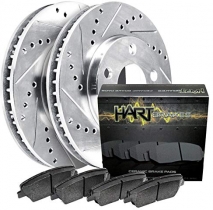-
Welcome to 4Runners.com!
You are currently viewing as a guest! To get full-access, you need to register for a FREE account.
As a registered member, you’ll be able to:- Participate in all 4Runner discussion topics
- Transfer over your build thread from a different forum to this one
- Communicate privately with other 4Runner owners from around the world
- Post your own photos in our Members Gallery
- Access all special features of the site
Air intake on my 91?
Discussion in '2nd Gen 4Runners (1990-1995)' started by Sruskz, Feb 21, 2019.

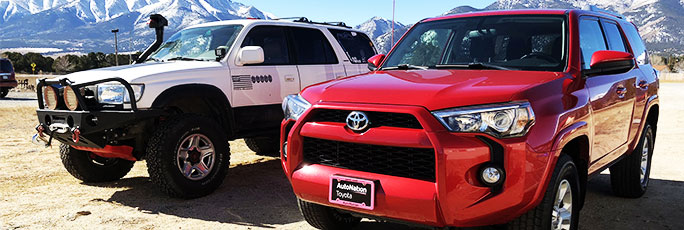
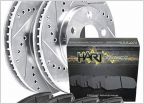 Recommended rotors and brake pads?
Recommended rotors and brake pads? Post Mortem Timing Belt Replacement - Not for the Faint Hearted
Post Mortem Timing Belt Replacement - Not for the Faint Hearted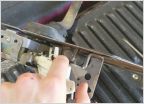 Sloppy shifter
Sloppy shifter Ball joints
Ball joints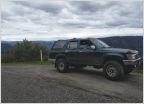 New coils and 1.25" spacers, got rid of that sag!
New coils and 1.25" spacers, got rid of that sag!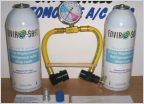 How to recharge and/or refill the AC system?
How to recharge and/or refill the AC system?
















